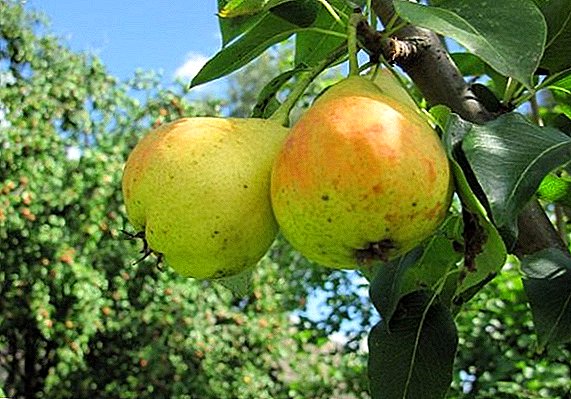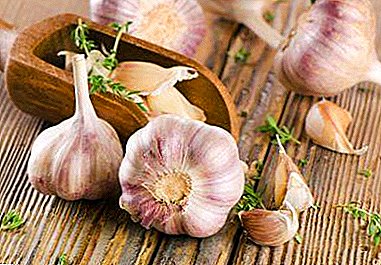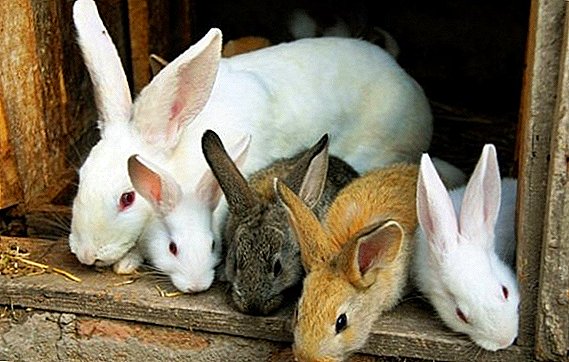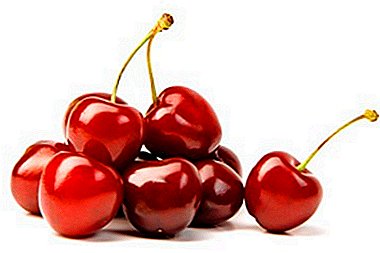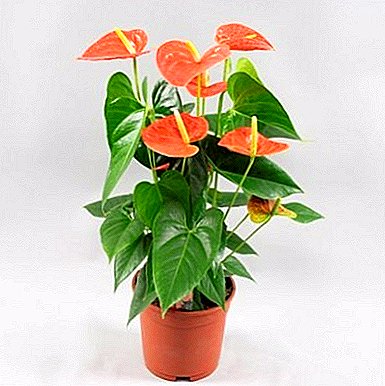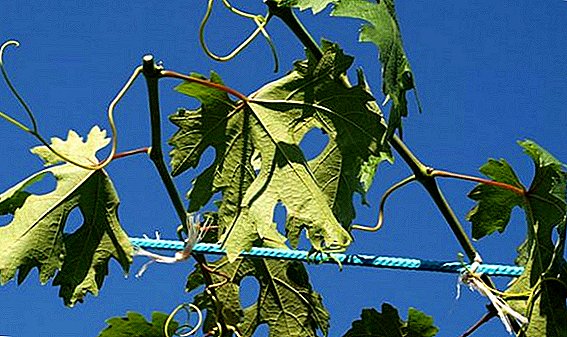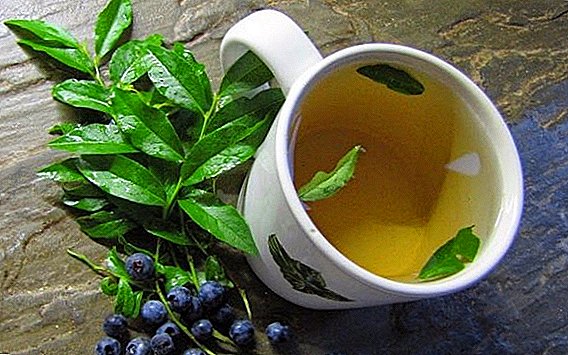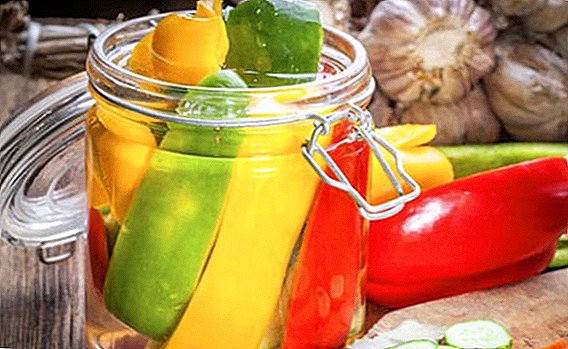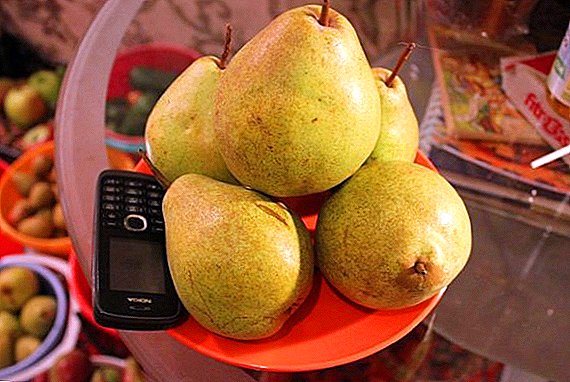 "Treasure" is a new autumn high-yielding pear variety.
"Treasure" is a new autumn high-yielding pear variety.
In this article, we invite you to familiarize yourself with the description of this type of pear, discuss its pros and cons, and also learn some important rules for caring for a tree.
Inference history
"Treasure" - an innovation of the southern selection. The variety was obtained at the Moldavian Scientific Research Institute of Horticulture, Viticulture and Winemaking. Moldavian scientist-breeder K. K. Dushutina cultivated the variety. Two French types were chosen as a base: large-fruited "Triumph of Vienna" and winter "Olivier de Serres". A significant proportion of qualitative data and species properties was acquired by a new species from the French "relatives", therefore the variety is often called "Parisian".
This pear has performed well in Moldova and in the forest-steppe of Ukraine. The variety is cultivated successfully by researchers from Belarus.
Tree description
The tree is short, the maximum height is 2 meters. The bark on the part of the trunk from the root collar to the first skeletal branch of the lower tier of the crown, as well as on the main branches has a scaly, dark gray color. The foliage itself is wide-pyramidal. Frame branches develop from the trunk of a tree almost at a right angle; the ends of the branches go upwards.
Stems have an average thickness. The color of the stems is olive-yellow. On the stems one can observe numerous large tubercles of yellowish color. Foliage has an average omission. Egg-shaped sheet plate (pointed at the end), matte surface. Light green stalks in length and thickness are large or medium in size.
An individual feature of the structure of "Treasure" is a vast rhizome. In fruit trees, the diameter of the underground part is approximately equal to the diameter of the above-ground part. At the same grade of a pear the root system grows more than krone 2.5 times. Based on this, adjustment of agrotechnical procedures is required - digging, watering and fertilizing. 
Creating your pear garden, pay attention to the varieties of the favorite Yakovleva, Cathedral, Rossoshanskaya, Bergamot, Duchess, Lada, Severyanka, Nika, Elena, Fairy Tale, Otradnenskaya, Avgustovskaya dew.
Fruit Description
The main achievement of the breeder Dushutina are the fruits of the tree - they are quite large, and the taste is very sweet. The fruits are one-dimensional, the weight of each pear is about 200-290 g. Often the weight of the fruit reaches 300 g, sometimes there are giants weighing up to 500 g (on the quince rootstock).
The stem is short, curved, not too thick. The pear is wide-conical, has the standard form of an extended cone. However, their surface is uneven, with bumps. The skin is thick and dense. When ripe, the light green skin brightens and becomes almost yellow.
On the skin, you can see rusty areas (specks and streaks). Such areas, if formed, then light, orange tones. The pulp on the texture of oily, soft, white with yellowness, with a large concentration of juice. Taste excellent, sweet, sweet with a slight sourness. 
Lighting Requirements
"Treasure" refers to the light-loving trees. With a lack of light, the tree is weakly formed, its yield is reduced. The degree of light also affects the biological quality of the plant. The maximum requirement for coverage "Parisian" makes in the phase of budding and the formation of fruit, the smallest - in the rest stage. The consequence of a lack of light is the underdevelopment of flower buds.
Soil requirements
Pear "Treasure" usually develops on kolchatka. But if you want to reveal the high potential of the plant, it is necessary to use nutritious, well-warmed and sufficiently hydrated soils, including lightweight ones, for growing.
"Parisian" grows better on slightly acidic and neutral soils. Organic and mineral nutrients also have a positive effect on tree growth and fruiting. 
Important! In dry weather, the application of top dressings should certainly be combined with irrigation.
Pollination
Treasure is not a self-fertilizing tree. In order for the pear to be pollinated, it is necessary to plant the pollinators next to it. In the role of pollinators fit plants that bloom in the early stages. The best pollinators in this case are the following varieties of pears: “Conference”, “Klapp's Pet”, “Motley July”, “Bere Mlievskaya”, “Williams”, “Thawing”, “Josephine Mechelnskaya”, “Deccan du Comis”.
Fruiting
Variety can not be counted among skoroplodny. The tree comes into fruition in the fourth year after planting. And the excellent fruits promised by the seedling vendors, you will wait 5-7 years after planting. After this period, the tree is already bearing fruit regularly and generously.
As gardeners observe, a young plant blooms very luxuriantly and abundantly, sometimes even for the second time, and it is surprising not to observe similar abundant fruiting.
Gestation period
In terms of ripening "Treasure" is an early variety. Pears ripen in the fall. Fruits ripen synchronously, on the branches are kept very firmly, almost without falling off. The removable maturity of pears falls in the middle of September, and consumer maturity - a little later, at the beginning of October.
Yield
Vintage pear tree gives a high and stable, without intervals. “Treasure” rather quickly increases the harvest. With one 10-year-old plant, you can get up to 100 kg of fruit.
Did you know? Before Christopher Columbus brought tobacco leaves to the European continent, Europeans massively smoked pear leaves.
Transportability and storage
As for marketability and transportability, the variety has also proven itself well. The fruits of the Treasure are distinguished by good keeping quality, pears retain their organoleptic properties for quite a long time.
Depending on the conditions, fruits can be stored well until January-February and even longer. They are stored in the refrigerator until November-December, without losing their taste characteristics. To keep the fruits even longer, transfer them to cool rooms where the temperature is around 0 ° C and the humidity is about 85%. In such conditions, fruits retain their commercial quality until January.
Disease and Pest Resistance
Sort "Treasure" is very resistant to the development of various diseases and attacks of parasites. The pear is almost not affected by the scab; it is excellent in resisting pathogens of spotting, fruit rot, and bacterial cancer.
Important! In summer, pear trees require intensive watering, especially in areas with hot climatic conditions. The most optimal method of drip irrigation. In addition, from time to time it is necessary to rain the crown of the tree. This procedure will help wash away the dust from the leaves and protect the plant from a possible attack by pests.
Frost resistance
Frost resistance is average. In the harsh winter (below -20 ° C), there is a chance of frosting, as a result of which the yield is greatly reduced in the current year.
The southern origin of the form is reflected in the fact that the tree is sufficiently susceptible to a decrease in temperature during the budding phase. The turning point in this period can be a value of +15 ° C (below this indicator, fertilization processes occur intermittently). 
Fruit use
"Treasure" is a dessert pear with delicate pulp. Its fruits are intended for fresh consumption.
Fresh fruit before use, it is desirable to clean the dense skin. However, try to remove the skin with a thin layer, since in the upper part of the pulp there are many vitamins and aromatic substances.
Advantages and disadvantages
Finally, briefly, we present the advantages and possible disadvantages of the Treasure pear.
pros
- Large beautiful fruits of excellent quality;
- high yields (regular and abundant fruiting);
- dessert (sweet) taste;
- early bloom;
- resistance to diseases (particularly scab).

Minuses
- The requirements of the plant to the soil and climatic conditions;
- inability to self-pollinate;
- low frost resistance.
Did you know? In ancient China, pear was considered a symbol of immortality. This was due to the incredible strength of wood. To meet a broken pear tree was a bad omen. If someone personally injured the plant, even unintentionallyThis meant that this man’s days are numbered.By planting a Treasure pear in your garden, you will enjoy its beautiful fruits for many years. This tree will be a real find for your garden.



